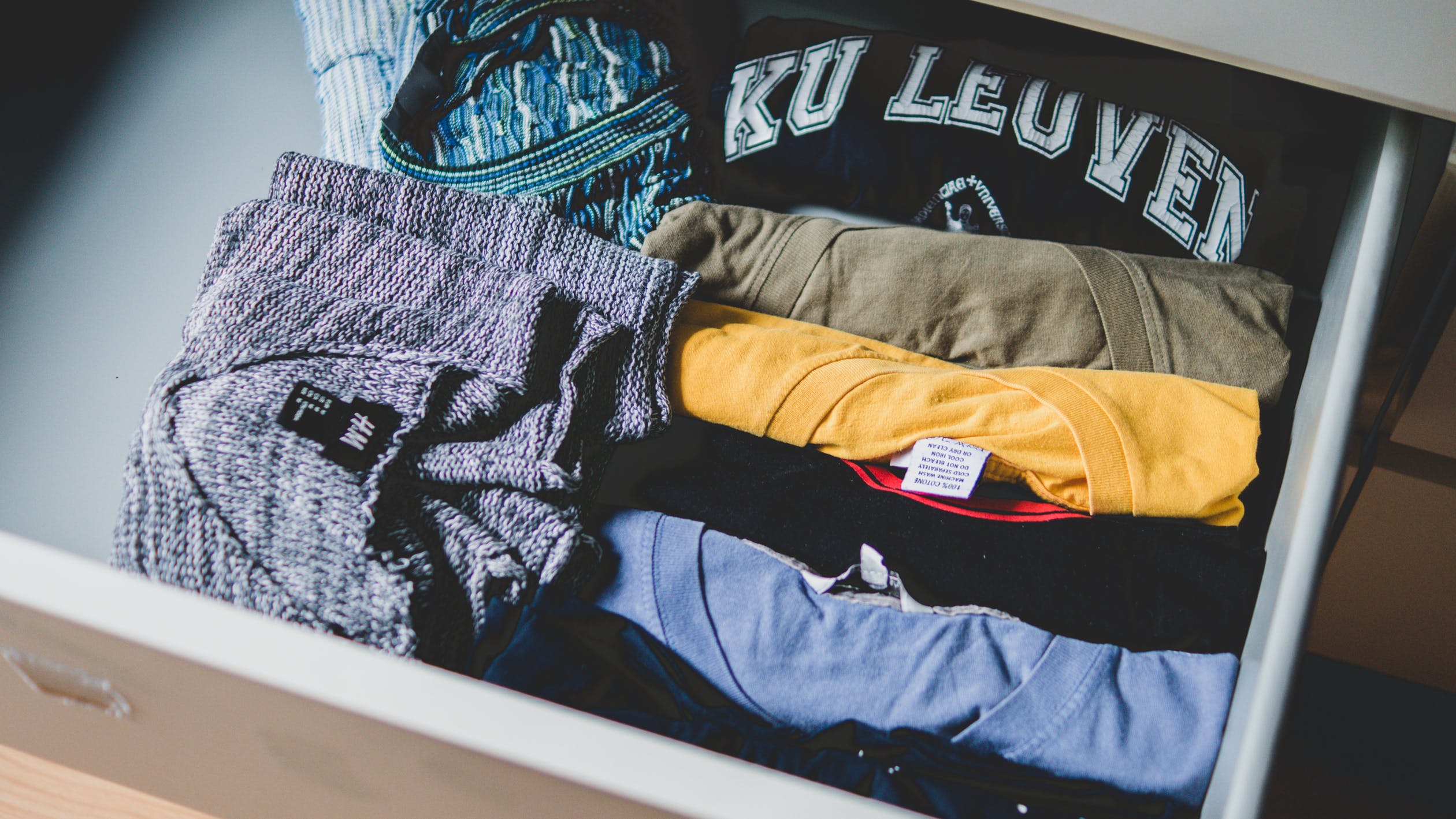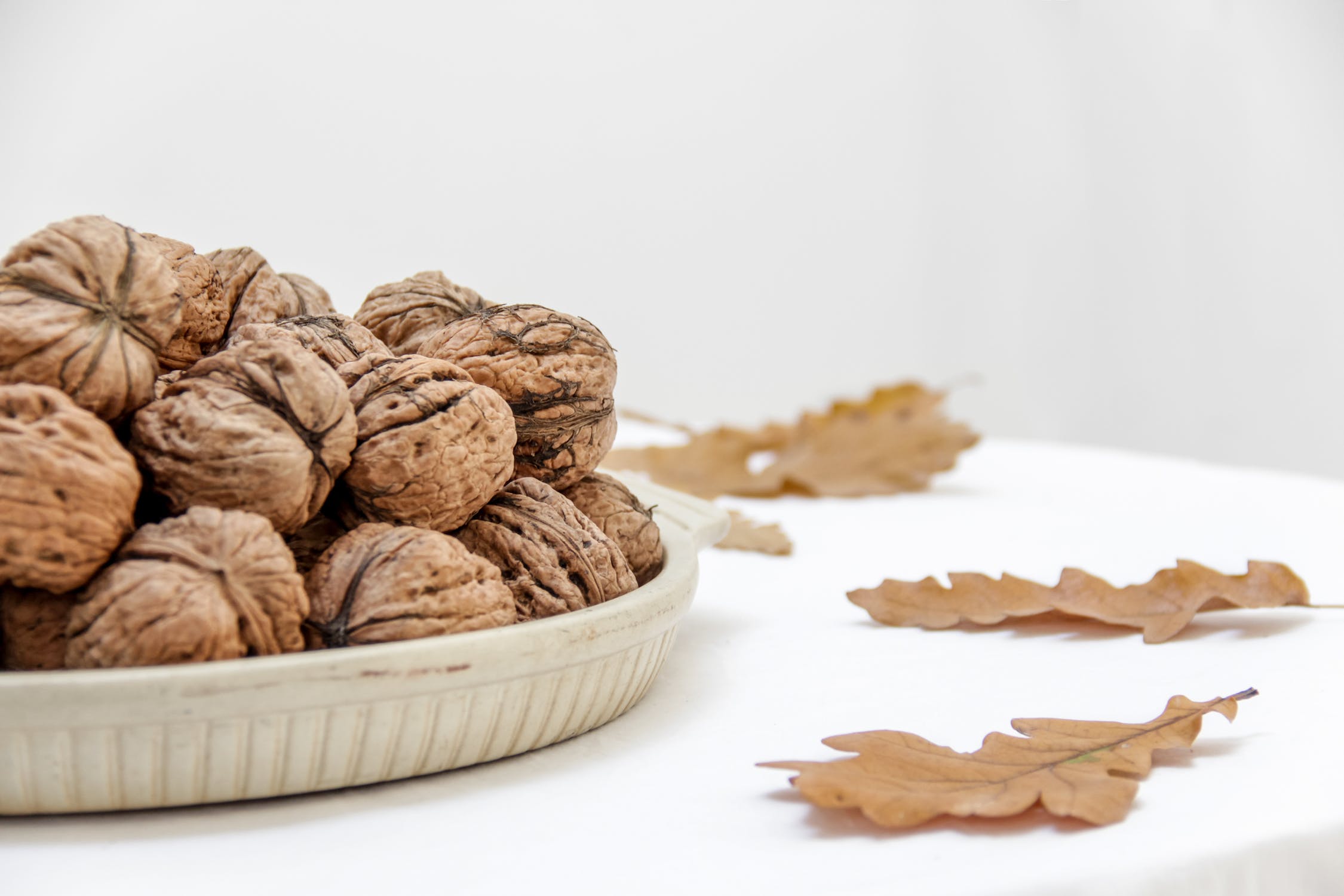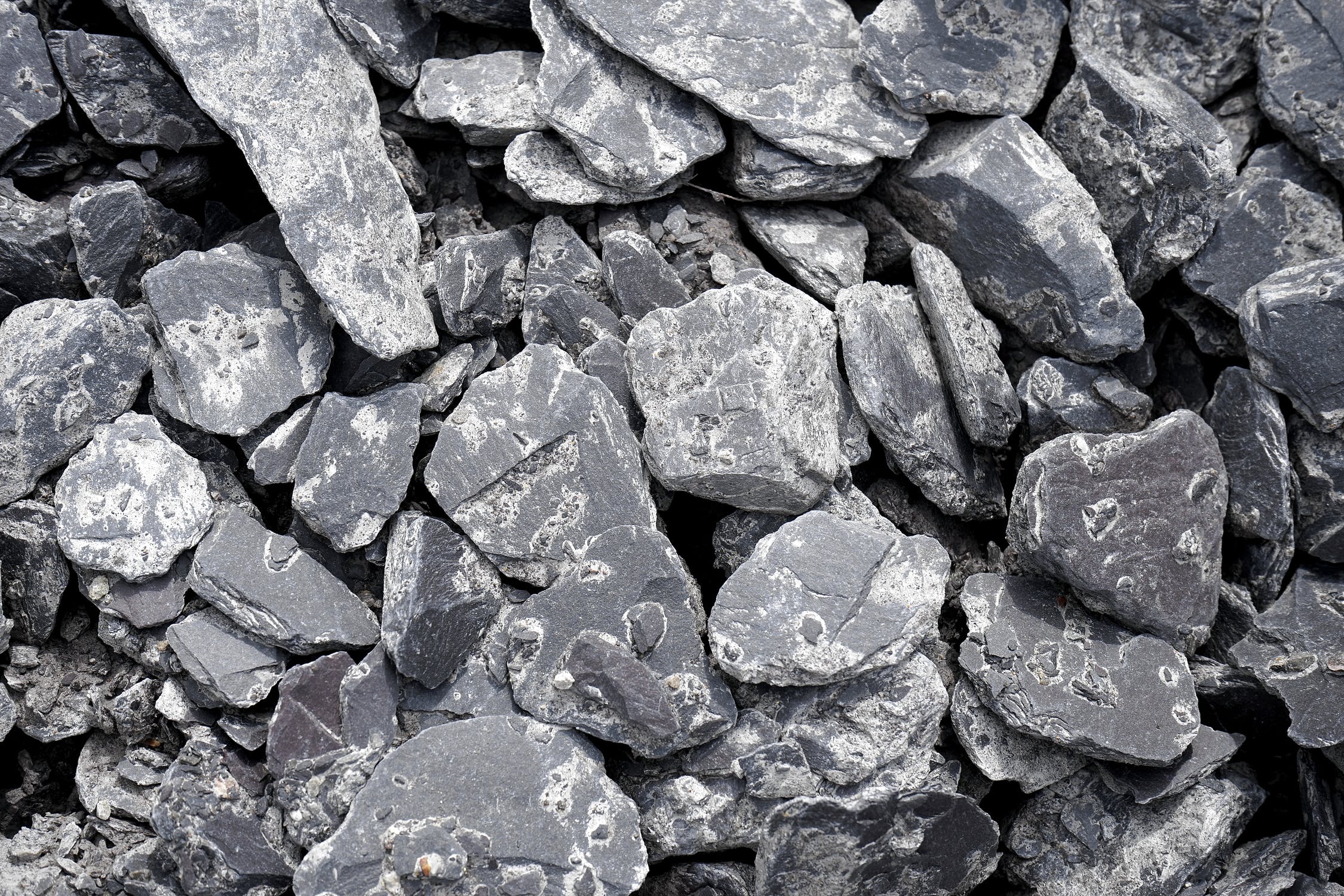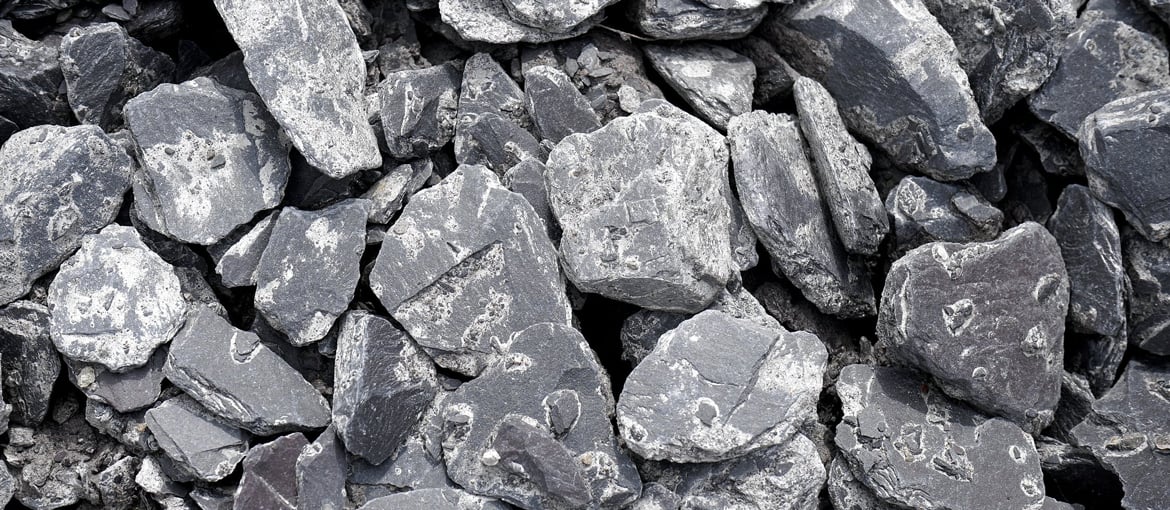Table of Contents
In a paperless world, there would be no banknotes, photographs, folders, works of art, boxes, cartons… Life would be far less interesting. But to make the paper we need, millions of trees have to be cut down. Are there alternatives to this deforestation? In fact there are, because paper hasn’t always been made from wood.
For example, the Egyptians used to make paper from papyrus. And for centuries humans wrote on animal hides. In recent years, the papermaking industry has been returning to its roots and exploring alternative fibres. Tree-free paper is all the rage.
Here are some unexpected materials that are already being used to produce paper.
1) Your old T-shirts
In 2017, the Italian firm Moo launched a series of business cards made from recycled old T-Shirts. The cotton extracted from used fabrics produces a particularly strong type of paper and is combined with other fibres to make paper for legal documents that need to last or banknotes.

2) The poo from your favourite herbivore
The American company Poopoopaper sells paper made from the excrement of cows, donkey, horses, elk, elephants and even pandas. Herbivore faeces are rich in fibres derived from the plants and fruit that these animals eat. By using a cleaning and filtering process, it’s possible to make superb (and completely odourless) paper out of this poo. Some believe that this technique could help tackle the serious problem of managing the waste produced in the raising of animals.
3) Fruit skin, peel and stones
Orange peel, grape stalks, olive stones, walnut shells… These are just some of the things that Italian brand Favini can use to make its Crush tree-free paper. Generally, agricultural by-products that can’t be fed to animals or used to generate biomass end up being incinerated. But they are also a source of fibre that some companies are using to make paper. Another promising production process uses the waste from harvesting bananas.

4) Plants other than trees
In China, they have been making from bamboo for a millennium and a half. Bamboo can be used to make pulp just like that used to make conventional paper. This ancient technique has been turned into abusiness by firms Canada-based Caboo. Even sugar cane and hemp offer good-quality fibres, which are already used in commercial papers. And an African plant from the cotton family, kenaf, is generating lots of interest. An acre of kenaf produces in a year the same quantity of fibre that an acre of pine would produce in 20.
5) Seaweed
Every year, coastal towns collect tons and tons of seaweed that builds up on beaches. This sea “rubbish” is rich in cellulose, which can be used to make good-quality paper. Various initiatives, both in research and industrial product development are investigation this potential. That’s the extraordinary story behind an Italian paper created in the 1990s as part of a project to collect and use seaweed that were invading the Venice Lagoon.

6) Stones
Some conventional papers contain powdered minerals that make them glossy and strong. But there’s another type of paper made of over 80% mineral which is mixed with a small amount of plastic resin. This paper made of stone is already widely available commercially from various retailers of premium products.
7) Leather
Italian firm Favini has released an original product made from conventional recycled paper mixed with leftovers from leather manufacturing. Paper making has therefore come full circle, returning to hide as a basic writing material.

